CROOKED HOUSE: Christie Goes Postmodern
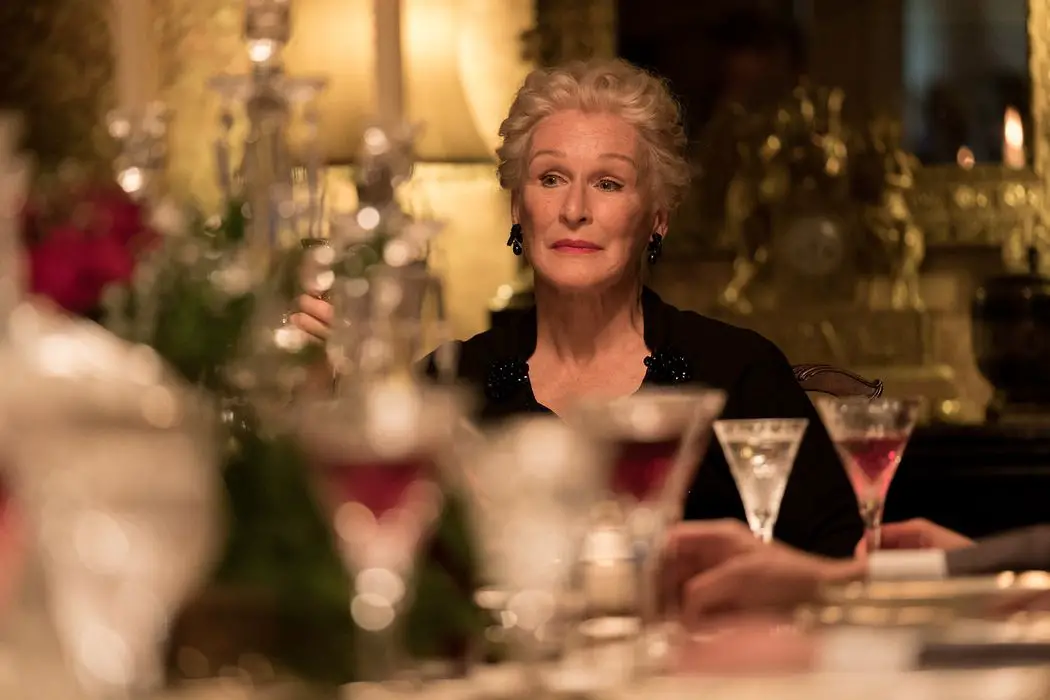
Tomas is a chronic cineaste who studied English literature in…
Fans of Agatha Christie are lucky to get a double dose of the Queen of Crime on the big screen this year. First there was Kenneth Branagh’s big-budget interpretation of Murder on the Orient Express, which, although not garnering the best critical reviews, nevertheless did well enough at the box office to warrant a sequel from 20th Century Fox—Death on the Nile.
There is, however, another film that few may realize is also associated with Christie: Gilles Paquet-Brenner’s Crooked House, based on her 1949 novel of the same name. This is the first-ever screen adaptation of the book, which is rather surprising considering how often her work is transferred to a visual medium. Furthermore, the book is also reported to be one of Christie’s proudest achievements (one of her other favorites, Ordeal by Innocence, was recently adapted as a BBC miniseries and slated to air next month, but sexual abuse allegations surrounding co-star Ed Westwick forced the broadcaster to pull it from the schedule).
If Crooked House was one of Christie’s favorites, why did it take almost 70 years for an adaptation to materialize? I don’t know for certain, but I have a hunch its unorthodox resolution had something to do with it (more on that later). In fact, we could’ve gotten this film earlier—in 2011, it was reported that Neil LaBute was attached to direct a cast that included Matthew Goode and Julie Andrews—but for some reason, those plans fell through, and now, six years later, we have Paquet-Brenner, Max Irons and Glenn Close instead.
Which, in the end, is more than fine.
Down in the Viper’s Nest
Outwardly, Crooked House is another instance of the country house mystery that Christie had already dabbled in with works like The Mysterious Affair at Styles, The Murder of Roger Ackroyd and Hercule Poirot’s Christmas. A wealthy Greek businessman in advanced years, Aristide Leonides, is found dead one morning by his eldest granddaughter Sophia (Stefanie Martini), and suspecting that he was murdered, she visits her former lover, Charles Hayward (Irons), for help. Hayward is a struggling private eye who needs the job, but he is a bit reluctant to work for someone he has been intimate with in the past—and who may also be a stone-cold killer.
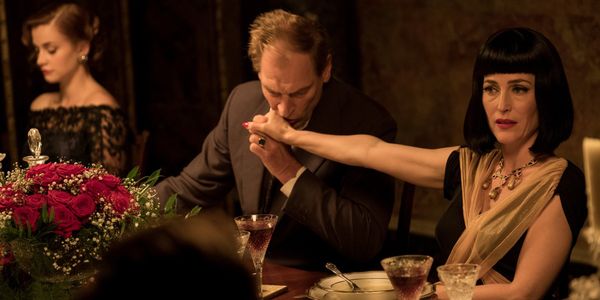
Nevertheless, Hayward agrees, and soon he arrives at the viper’s nest that is the Leonides household. Within a garish and sprawling mansion is a collection of cold and embittered people who seem to care little about Aristide’s passing. In addition to Sophia we have her father, historian Philip (Julian Sands), and his brother, caterer Roger (Christian McKay). We have their respective wives, failed actress Magda (Gillian Anderson) and scientist Clemency (Amanda Abbington).
We have Sophia’s younger siblings, nosy Josephine (Honor Kneafsey) and unfriendly Eustace (Preston Nyman). There is also Aristide’s much-hated American widow Brenda (Christina Hendricks), who was 50 years his junior, and the children’s tutor Laurence Brown (John Heffernan), who may or may not be having an affair with his dead employer’s wife. And, last but not least, we have Lady Edith de Haviland (Close), Aristide’s sprightly sister-in-law by his first marriage, who is now the de facto head of the household.
Any one of them could have switched out the old man’s insulin for his eye drops. Some of them needed his money. Some were slighted by his malicious personality. And others wanted to end his iron grip on their lives, hoping to escape a house they hated with a passion. As Hayward interviews each of them in turn, the net of suspicion is cast wider and wider, and like any good Christie, you’re left scrambling to find the clues needed to ferret out the culprit.
Your Average Old Mystery… Or Is It?
It’s easy to underestimate Crooked House. Those who are not fans of the genre are surely going to be frustrated by how banally it seemingly colors between the lines, what with stock clichés of the imposing house, the dysfunctional family, and the romantic entanglement between Charles the sleuth and Sophia the suspect. The investigation is a linear affair that plays out like any standard mystery of the sort, and the victim is predictably revealed to be a thoroughly disagreeable person, with very few redeeming qualities.
However, when you sit down and actually consider it, there’s a delectable subversive quality to the proceedings. Charles, we soon learn, is no Poirot or Miss Marple, and for a lot the film, he’s almost out of his depth when dealing with the Leonides clan. They repeatedly sneer at this questions, gang up on him or—in one instance—forcibly eject him from a room and stamp on his foot for good measure. At times he shows his cleverness, such as when he removes a cable from his car in order to spend the night at the house; at other times, the wool is pulled completely over his eyes.
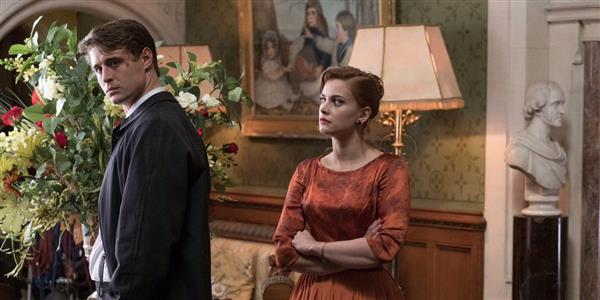
Sophia, meanwhile, is characterized more in the vein of a femme fatale than a dewy-eyed lover. She is flinty, and baits Charles with her beauty and charm, but she is also far from trustworthy. There is even a moment when she is caught burning crucial evidence in the investigation, knowing, perhaps, that Charles will fail her and the police will have to be involved in the case (either that, or she’s the killer). Like the memorable vixens of the noir age, Sophia embodies a danger and recklessness that makes her a formidable foil for the goodly hero, rather than putty that can only melt in his arms.
In fact, there is a noirish quality to the film in general that the novel itself lacks, and there are moments when Christie’s cozy gentility and the hardboiled sensibilities of a Chandler or a Hammett collide with force. Crooked House is like an amalgam of the mystery genre’s many flavors, playing out like the perfect prototype. But it’s deliberate. The noir sendups, the familiar setting, the stock characters, the methodical pace of the investigation—all of it is self-consciously done to draw attention to the fact that, at its heart, Crooked House is Christie’s most chillingly postmodern mystery.
Playing with Expectations
I don’t wish to belabor the point too much, as this is a film review and not an academic screed. However, there are a lot of markers coded in the film to show the audience that it’s doing much more than merely playing by the rules. Josephine, for instance, is introduced as a lover of detective stories, and she is frequently heard telling Charles about the genre’s common patterns and signifiers: how the detective should go about gathering clues, why second murders are committed, and so on. This self-referentiality is played for a bit of a laugh, coming from the mouth of a precocious youngster, but it underscores just how acutely this story—and film—is in conversation with itself. It knows what we think we’re expecting, and makes sure we know.
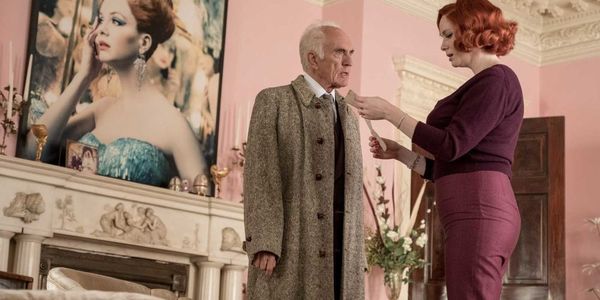
The setting of the Leonides mansion is also fundamentally postmodern, as it possesses no unifying aesthetic. It’s instead a patchwork designed and furnished to accommodate the splintered personalities that inhabit it. Brenda’s room, for instance, is bubble-gum pink and furnished with Doric extravagance. There are flower arrangements, a TV set and a giant portrait of the woman on the mantelpiece—all to signal Brenda to be a woman who prefers lush, sensual comforts over grim austerity. This is in contrast to Roger and Clemency’s living area, which is symmetrical, ergonomic and accentuated by a predominantly white color scheme that befits the unhappy woman who lounges within, longing to escape a life of boredom and oppression.
No Happy Endings
But the most postmodern aspect of Crooked House is its ending, which I believe is up there with the solutions of Roger Ackroyd and Orient Express. Without giving it away (as that would be cruel), what I will say is that it is one of Christie’s bleakest, most uncompromising moves, because she essentially kills off any notion of historicity and regeneration, as well as the comforts of the Golden Age mystery genre. With Crooked House, she decides to kick away all sentiment and familiarity—the Leonides family is left to rot in their personal miseries, the murderer’s motives are psychopathic rather than rational, and the day can only be saved by more death. In the book, there is some hope left for Charles, but the film (wisely) takes away any chance for a maudlin ending.
Crooked House, in fact, marks a new phase in Christie’s writing—one marked by bleaker themes, a greater number of unpredictably ruthless murderers, and an acuter awareness of her own mortality. In books like Dead Man’s Folly and Hallowe’en Party, young children become victims, strangled and drowned in the coldest of blood. In A Pocket Full of Rye, a killer murders victims using a nursery rhyme for the most tenuous of rationales. And in The Pale Horse and Endless Night, occult themes cast an air of overwhelming dread over their narratives, making us wonder if the supernatural is indeed at fault. These books are sad and tragic affairs, and show not only Christie’s ingenuity, but her ability to make these stories mean something to the times they were written in.
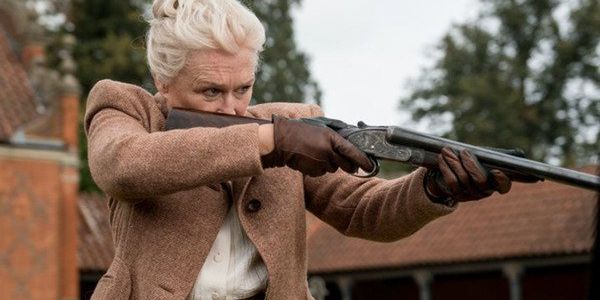
Though the film is set in the late ‘50s as opposed to the ‘40s (which, I’m guessing, was purely a stylistic choice), the end of the war still looms large over it, and Christie’s writing sharpens accordingly. Hence, why there was no need to make substantial changes to the novel in its transition to the screen. Crooked House arrived in the world in 1949 as one of the author’s smartest and most subversive offerings, and the film only mirrors it back to us.
Conclusion: Crooked House
In terms of techs, Crooked House is admittedly not an extraordinary example of virtuoso filmmaking. Paquet-Brenner is a serviceable director and does just enough to elevate its cinematic qualities, though he does include a few gorgeously-shot interludes that give us a glimpse of the characters’ lives (such as Brenda reclining in her room, or Josephine practicing ballet on the stairwell). More impressive are the costumes and set design, which capture the period extremely well while bringing an air of menace and uncertainty to every corner of the screen.
The acting is also not particularly outstanding on the whole, since many of the characters aren’t sketched with great depth, but I will say that the women here steal the show: Close is fantastic from beginning to end; Anderson is a hoot as the shallow drama queen; Martini is suitably enigmatic; Hendricks is touching; Abbington works her character’s subtleties well, and Kneafsey has her character’s precocity down to a tee. Even if Irons is a little bland, and Terence Stamp’s policeman too ordinary, the females more than make up for it.
But really, the strength of this film lies is the way it builds us up for its ending, fooling us in a way that only a truly great mystery is able to do. It makes us think we’re in for another expected outing with a reliable genre, indulging us with the trappings we know and want. And then, just like that, it reveals a completely different side of itself. It plunges us into an unexpected sense of mayhem and destruction, and what else can we do but give it the respect it so richly deserves?
What is your favorite Agatha Christie adaptation? Let us know in the comments below!
Crooked House is available to stream on the major American VOD platforms, and will be released theatrically on December 22nd. It is expected to be released in the UK in early 2018.
Does content like this matter to you?
Become a Member and support film journalism. Unlock access to all of Film Inquiry`s great articles. Join a community of like-minded readers who are passionate about cinema - get access to our private members Network, give back to independent filmmakers, and more.
Tomas is a chronic cineaste who studied English literature in university (in both the undergraduate and graduate levels), and hopes to pursue a career in writing. His passion for film began in earnest at the beginning of the 2010s, and since then he's been reveling at the vast horizons of the cinematic landscape like a kid at the proverbial candy store.













